10 guiding questions for curriculum development
Curriculum development is not an easy task and even experienced teachers may face difficulties when they are thrown into making new curriculum for new learning outcomes and educational initiatives.
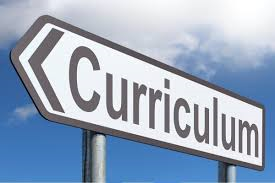
This short article will explore one of the many ways on how we can make educational decision in our curriculum making to raise awareness of some of the common considerations.
We will try to interpret 10 guiding questions adapted from Professor Van Den Akker for our development of curriculum.
Watch a short video below to have an understanding of curriculum development first.
What is the point of learning this? (Rationale)
Understand why students need to learn the content and skill.
It is to know the ultimate future outcome that we hope to achieve so that it will not be a simple download of knowledge without knowing what we are developing for.
Knowing what is the purpose of learning is crucial in curriculum development.
It is like knowing the root of why our students need to learn.
What are the learning outcomes? (Aims and objectives)
After knowing purpose of why they need to learn the content and skill, we need to look at what are the possible learning outcomes that we want to have.

Planning the learning outcomes can be quite a difficult task if we are going to plan for the different levels of learners within our school.
Thinking about how our learning outcomes can be progressive as each child progresses to the next level of education. They should reach the end point of the learning outcomes that we design before they leave our school.
We must also use the learning theories to see whether learners at that level are ready for the different learning outcomes so that our learning outcomes are realistic and practical.
What is the content they are learning?
The selection of suitable content for our intended learning outcomes.

The content that they learn consist of what possible components and sub-components that may interlink.
Content considerations can come in many forms and sometimes the content is already fixed and we need to look at other areas like the strategies to incorporate to the content as well as the supplementary materials suitable for the content.
How are they going to learn?
We need to think of the possible learning activities that we can have for the content that we have decided or we are given.
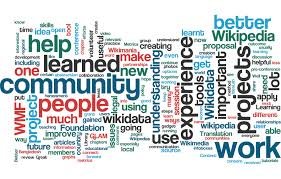
We must always go back to the learning theories whether the learning activities can possibly achieve out objectives and the learners’ cognitive level and readiness.
We have to think of how these learning activities can provide possible rich learning experience.
Younger learners may need concrete experience while old children can conceptualise concepts and abstract ideas. As educators, we often need to consider their prior knowledge and experience.
How can our teachers facilitate the learning experience and process?
The indication of what is the role of a teacher in delivering the curriculum provides a clear direction so that every class can be taught at the required standard with refinement to optimise learning based on learners’ learning needs and profiles.

What are the suitable materials and resources?
Gather all the possible resources and materials for the content and intended objectives.

Sometimes, modification and customisation are required to ensure they can be easily adopted and implemented effectively.
We must also consider how are these materials and resources going to make available to teachers.
Are these resources going to be hardcopies, softcopies or online?
The resources should be able to relate well to our learners.
How are the learners being grouped?
The dynamics of a group and how the students are being grouped normally in our typical classroom will be part of the considerations.
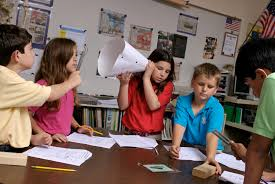
Classes with similar ability groups and mixed ability classes will need different considerations.
Knowing our targeted audience type and how we can cater to them will ensure our curriculum package can be easily implemented.
Where are our learners going to learn? (Place)
Considering the best possible location for learning to take place or how we can adapt and modify the fixed location to enable the intended learning activities can be carried out.

A curriculum must be practical and the available resource and equipment to be used must be available at the planned or available location of learning.
Just like if the school does not have enough computer labs for all the students to use. Learning activities that require computer labs as location will not be valid.
When are they going to learn? (Schedule/Time)
The decision of when your learners at different levels will learn and what to learn first and what to learn last.

The schedule and timeline should be considered as well as the interruption of the different holidays.
Setting an objective but there is not enough time to deliver may cause learning gaps when teachers rush through to complete the syllabus.
The amount of them and when to conduct can be tricky indeed.
How do we know learners have learnt? (Assessment)
The need to know whether we have achieved our learning outcomes. The suitable modes of assessments whether formative and summative.

We must also consider whether there are enough assessments to enable teachers to know the learning misconceptions and gaps to bridge.
We must also think of who and where we can get the assessments.
In conclusion
I have answered and interpreted the above questions using my own understanding but different educators may interpret them different.
I do not believe the differ of interpretations has any wrong as it provides diversity of possible ways and areas for improvement.

Curriculum development is really a major task so there can be many blind spots where we need to have a team of teachers to develop it effectively.
By having different teachers with different views, we can develop a more comprehensive curriculum for our students’ learning needs.
Reference:
Van den Akker, J. (2004). Curriculum perspectives: An introduction. In Curriculum landscapes and trends (pp. 1-10). Springer, Dordrecht.
Van den Akker, J. (2007). Curriculum design research. An introduction to educational design research, 37.
Khoza, S. B. (2015). Using a curricular spider web to explore a research facilitator's and students' experiences. South African Journal of Higher Education, 29(2), 122-143.
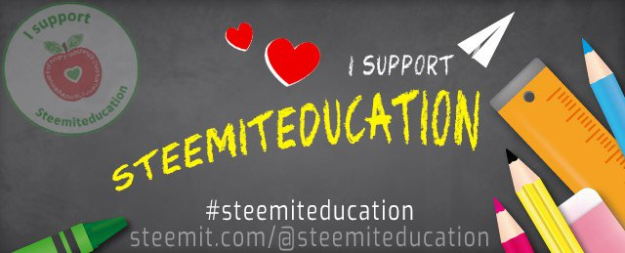
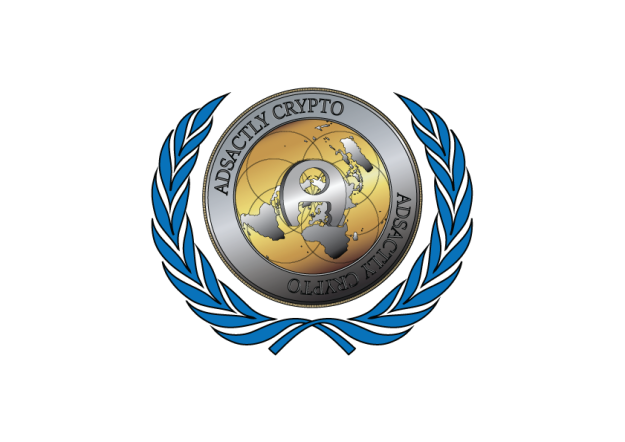
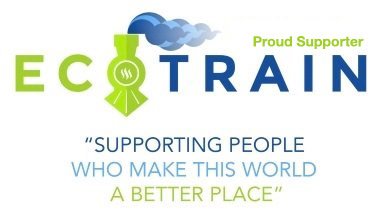
Disclaimer: This is my personal reflection and I am not in any position to instruct anyone what they should do. I am not responsible for any action taken as a result of this post. My post can only be a reference for your further research and growth. By reading this post, you acknowledge and accept that. All images and pictures were taken from google images that are free from copyright under labelled for reuse.
Posted from my blog with SteemPress : http://fun2learn.vornix.blog/2018/08/15/10-guiding-questions-for-curriculum-development/